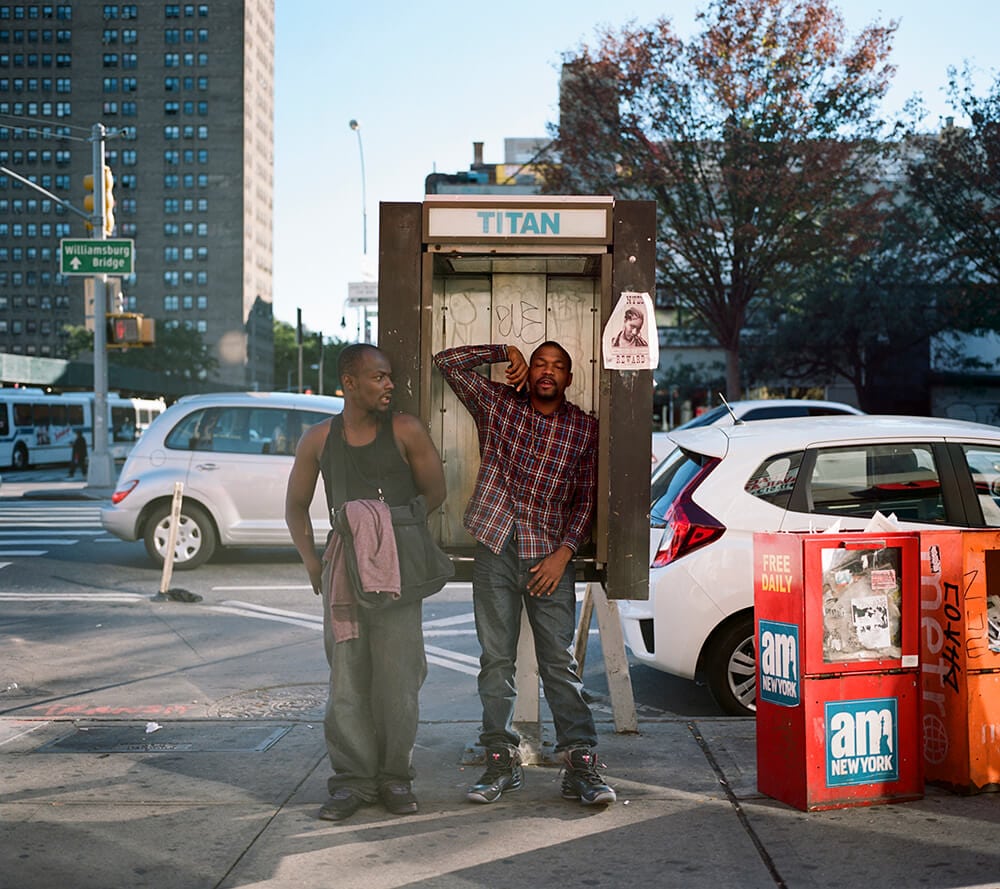INTERVIEW
Thriving and Surviving
WITH JULIAN MULLER
An interview with Julian Muller
“I’ve learned to use my eyes more, to notice light, to notice people and their energies, and to be present and more aware of my surroundings in the moment”
Julian Muller won our ‘FACES OF LIFE’ theme with an enigmatic New York street portrait, described by our judge Katherine Matthews as conveying the “conflict between the difficulty of life and the resilience to keep trying”. Keen to understand more about this image, his photographic approach, and shooting on the streets of the Big Apple, we posed some questions to Julian. His responses are thoughtful and absorbing…
Congratulations on winning our ‘Faces of Life’ theme Julian. How do you resonate with Katherine’s comments?
Thank you! And thanks to Katherine for this incredible recognition. I am honored to have been acknowledged along with so many other amazing photographers. Katherine’s words were incredibly moving for me. Why I’m drawn to certain subjects or scenes that I see on the street isn’t something I can always define in the moment, but I think she perfectly described the essence of what makes this character so interesting. She tapped into something about survival that rings true in many iconic images of street scenes and subjects. What I find compelling about shooting in New York is that it’s full of people with such vibrancy and life in the midst of tension, hardship, and struggle.
Can you tell us a little more about the image and the circumstances in which it was taken? Is it a single image or part of a larger body of work?
This image is of a man I met on the street in Harlem, NYC this past January. I remember seeing him on the corner of 125th and Malcolm X Blvd and he was very confidently rapping along to a song playing in his headphones as people were walking by and either completely ignoring him or just glancing over and continuing on their way. I noticed that he wasn’t busking, but was just sort of caught up in the music and not really going anywhere in particular. He had just stopped on the corner to rap, and that made me stop. Everything about him piqued my curiosity, from his tattoos, to his body language, to his outfit, so I decided to approach and ask to take his portrait. He posed for me, I snapped 2 shots, and then we parted ways. I wish I knew more about him or what he was doing and why, but I don’t. I normally don’t ask my subjects personal questions or try to spark up conversations with them because I don’t want to impose on them too much beyond asking to photograph them. This image is part of a larger body of street portraits that I started about 3 years ago.
Can you talk us through one or two of your other favorite image?
One that definitely sticks out to me is an image I made a couple years ago of a man I saw on 14th Street (below). He was wearing a green “cape” and all kinds of jewelry. I’m pretty sure he was an urban astral traveler who dropped by to deliver us a message from the future. He reminded me of the afro-futuristic artists like Sun Ra and Rammellzee who are big inspirations for me. Another image I like is one of a group of waiters having a smoke break off 5th Avenue (also below). To me, it is such a classic “New York” street photo.
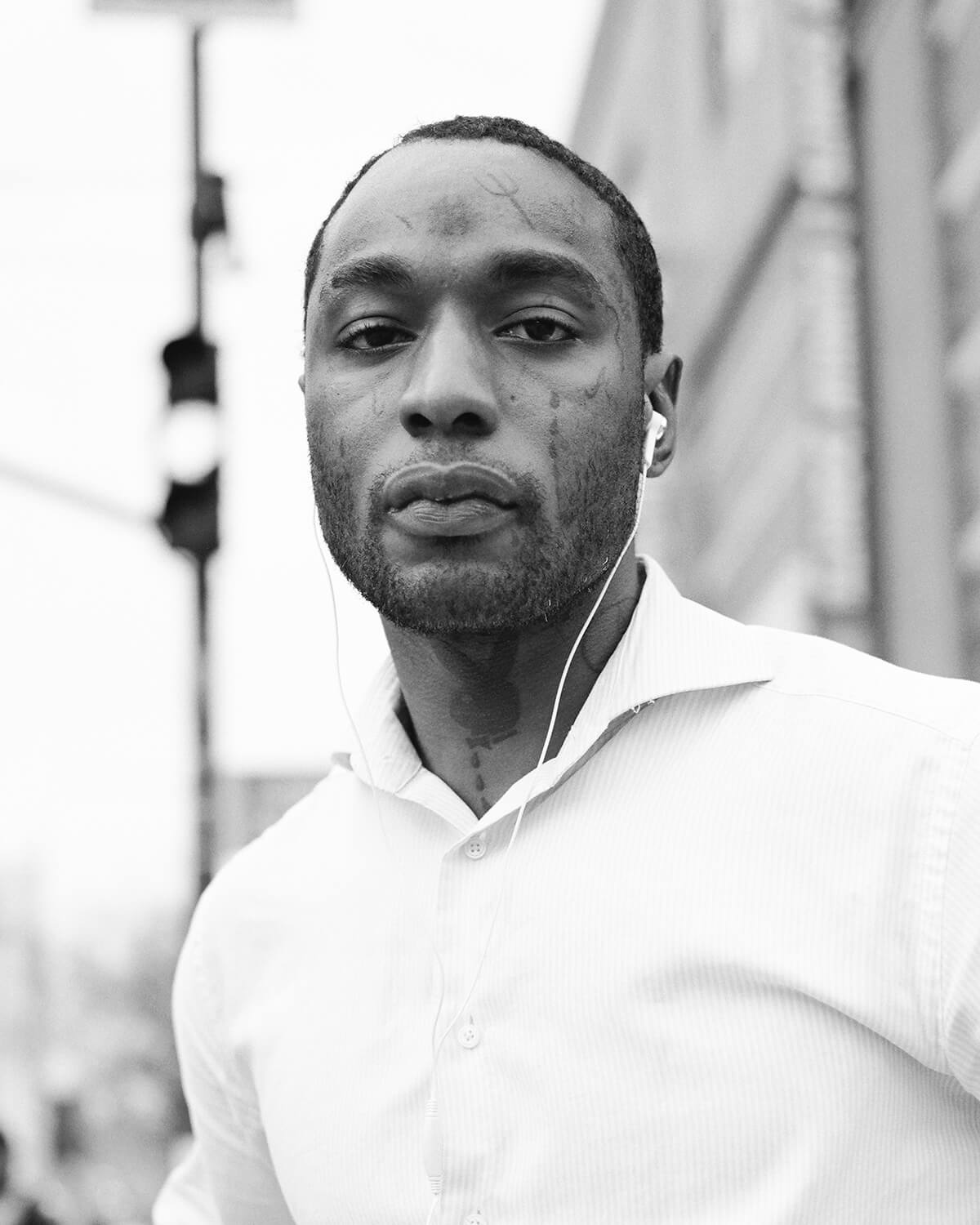 Julian’s winning ‘FACES OF LIFE’ image
Julian’s winning ‘FACES OF LIFE’ image
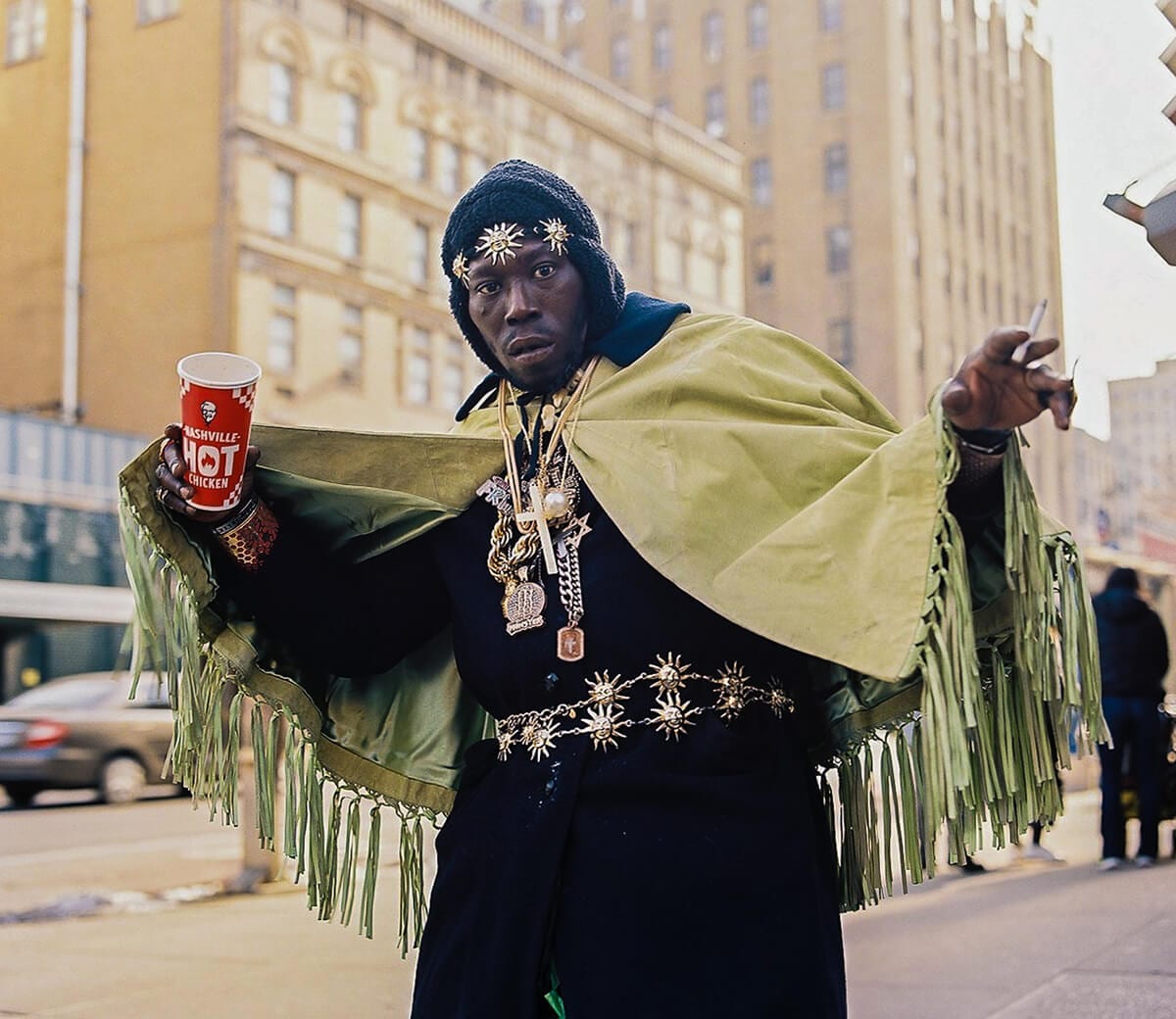
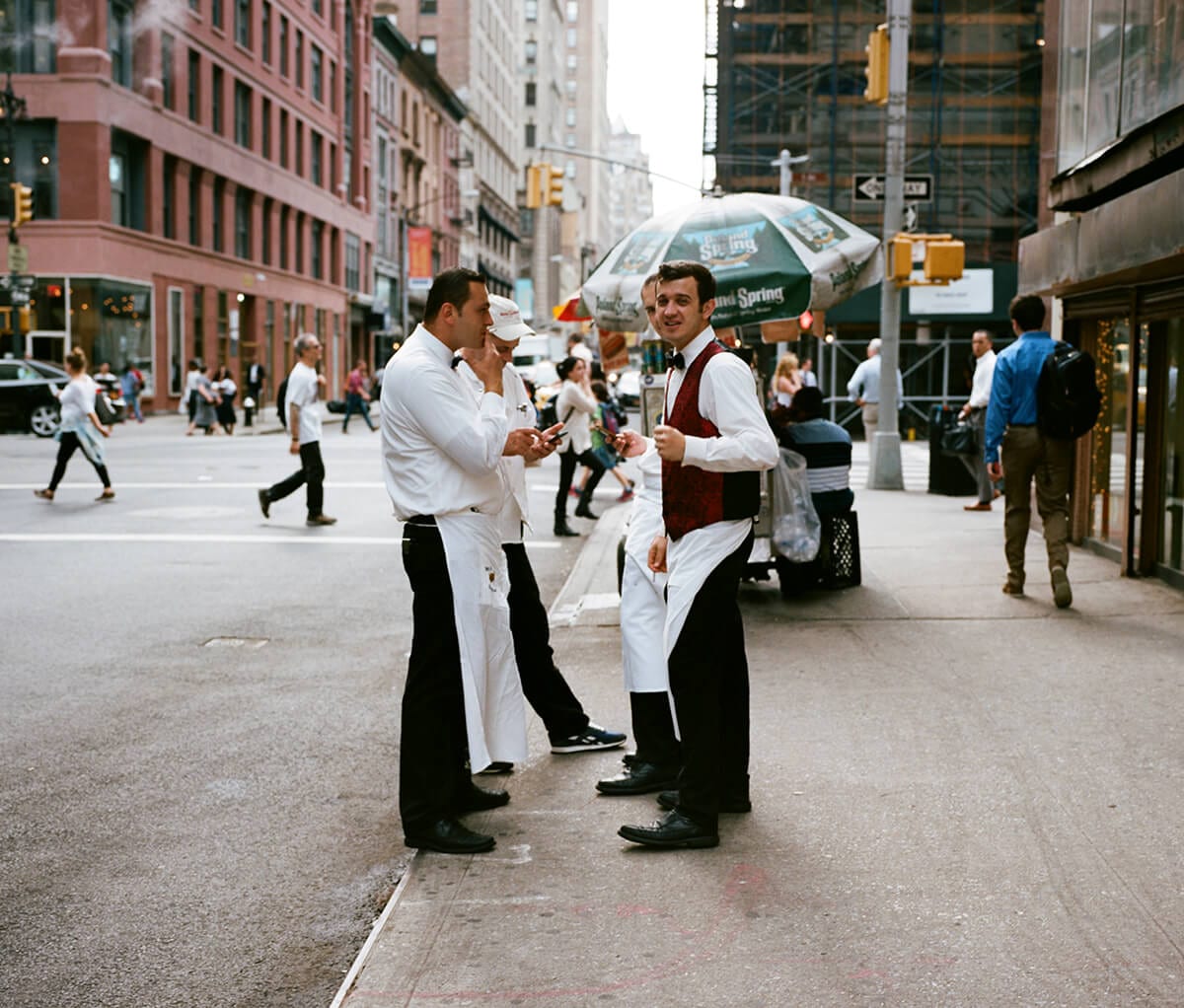
I’m reminded of a Trent Parke quote – “You shoot a lot of shit and you’re bound to come up with a few good ones.” Street photography is a notoriously difficult game, and so with that in mind how do you approach it? What are you looking for? And do you have certain locations, times or techniques to increase your chances of success?
My approach to street photography is really just going out for long walks in the city and seeing what I come across. It’s very therapeutic and gives me time to take in the city in a way that I don’t think many people get to experience. I explore new neighborhoods and go to places that I wouldn’t normally go on my day to day routine. Each neighborhood has such a unique flavor and aesthetic. What I choose to shoot really just depends on my mood; some days I’ll be more attuned to bright colors or clothing, while other days I’ll be interested in melancholy scenes. I almost always shoot with my Mamiya 7, which I love, but shooting medium format has forced me to become pretty selective with my shots. I shoot just 1 or 2 frames of each subject and move on. This gives each image a special quality for me. The moment is there and then it’s gone.
New York is pretty legendary when it comes to street photography with many renowned names – Boogie, Bruce Davidson, Mary Ellen Mark, Joel Meyerowitz – walking its street. Do you find inspiration in those types of street photographer, or do you seek inspiration from further afield?
I am definitely inspired by the photographers you mentioned, but I have to attribute my love of street photography to both Jamel Shabazz and Vivian Maier. Jamel’s work documenting hip hop and street culture in 1980s NYC was my introduction to street photography and is so joyful, honest, and raw. Then, when I saw the documentary “Finding Vivian Maier,” I was immediately taken by her boldness, eye for composition, and split-second reaction time. Her work feels so effortless and I wanted to do that, so that’s what started me on my journey. I’m also inspired by street fashion photographers like the late great Bill Cunningham, Scott Schuman, and younger photographers like Ethan James Green, Elizabeth Wirija, Andre Wagner, and Clement Pascal, just to name a few. Pete Souza’s work during the Obama presidency is, to me, a master class in journalistic photography. He was able to capture the most magical moments.
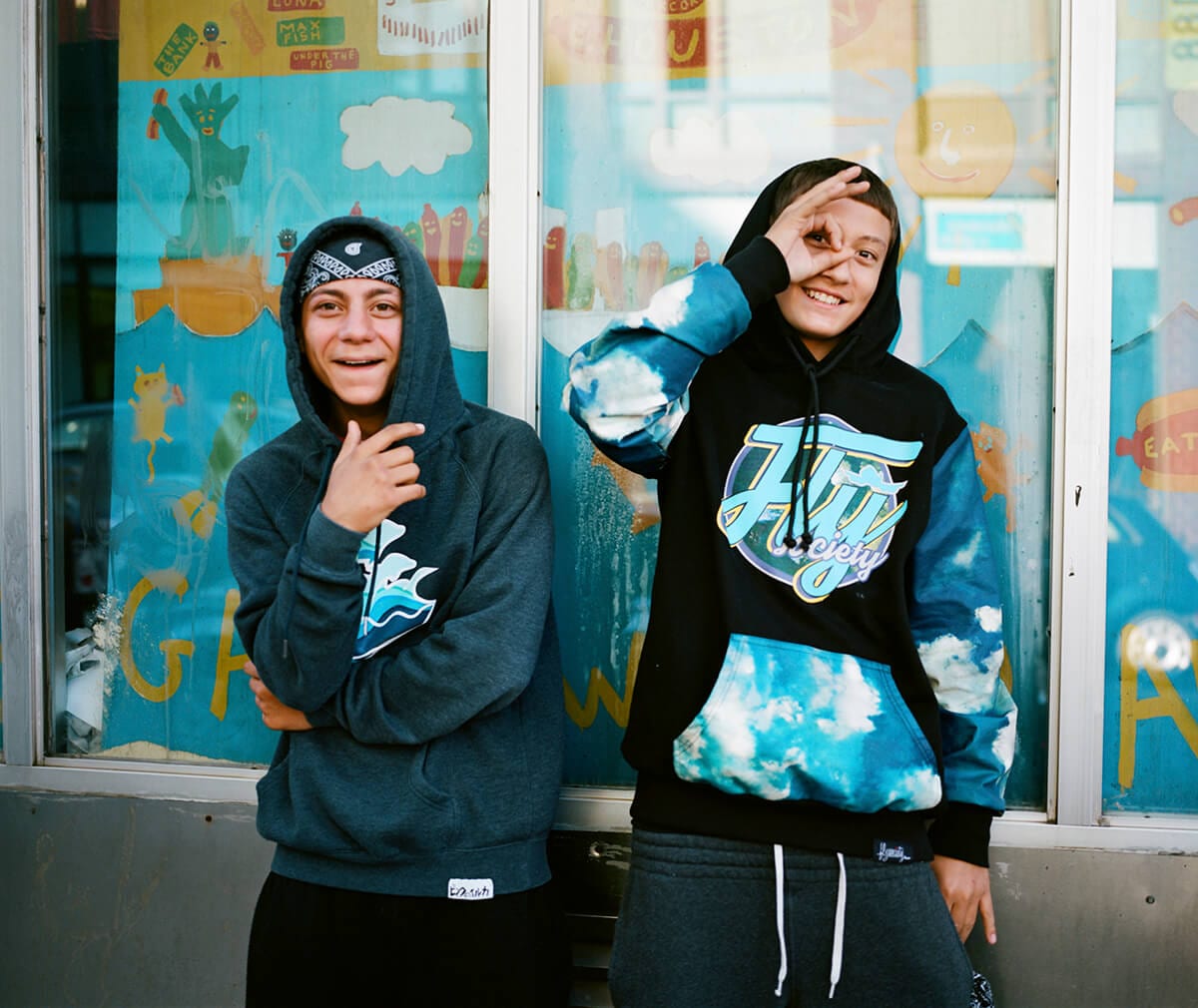
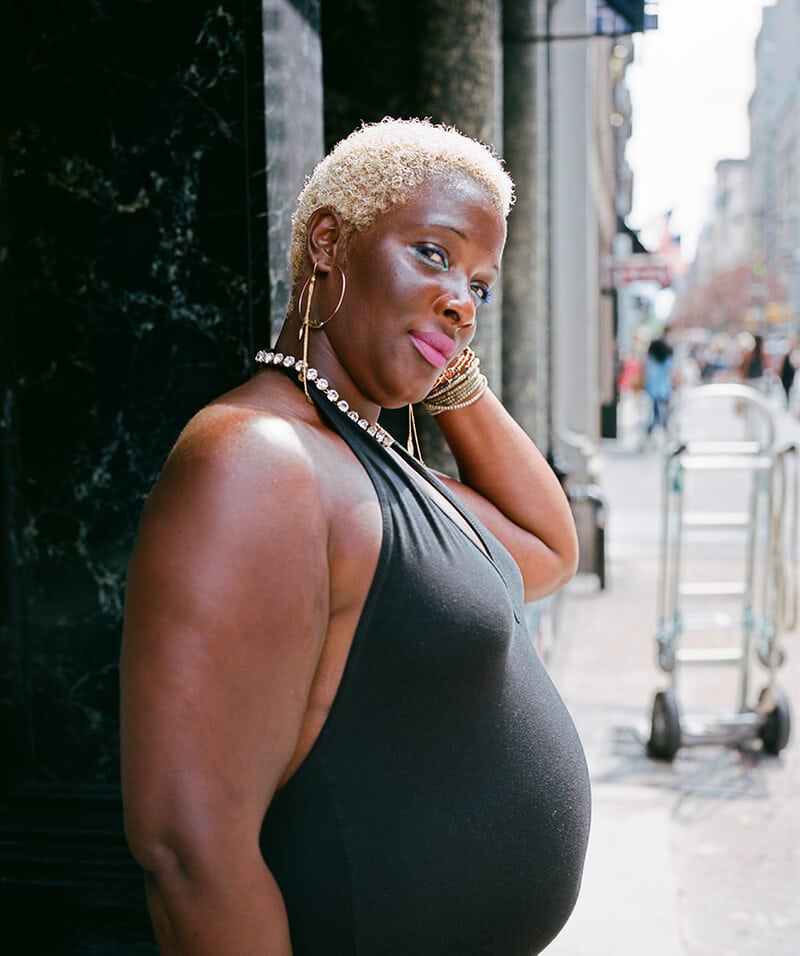
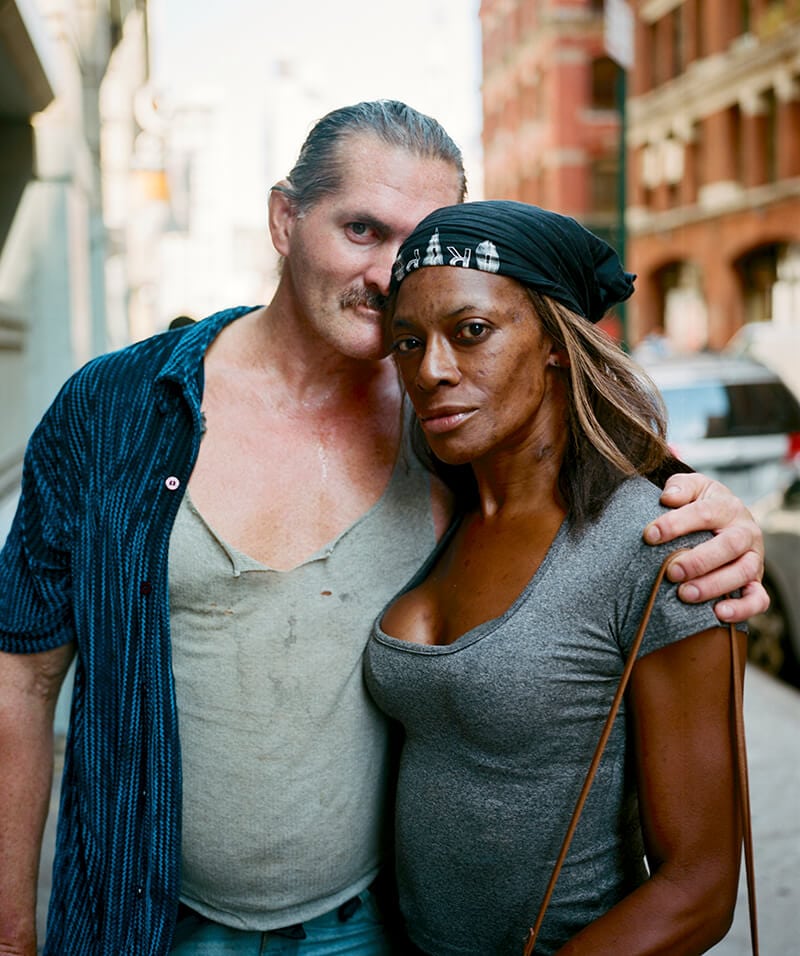
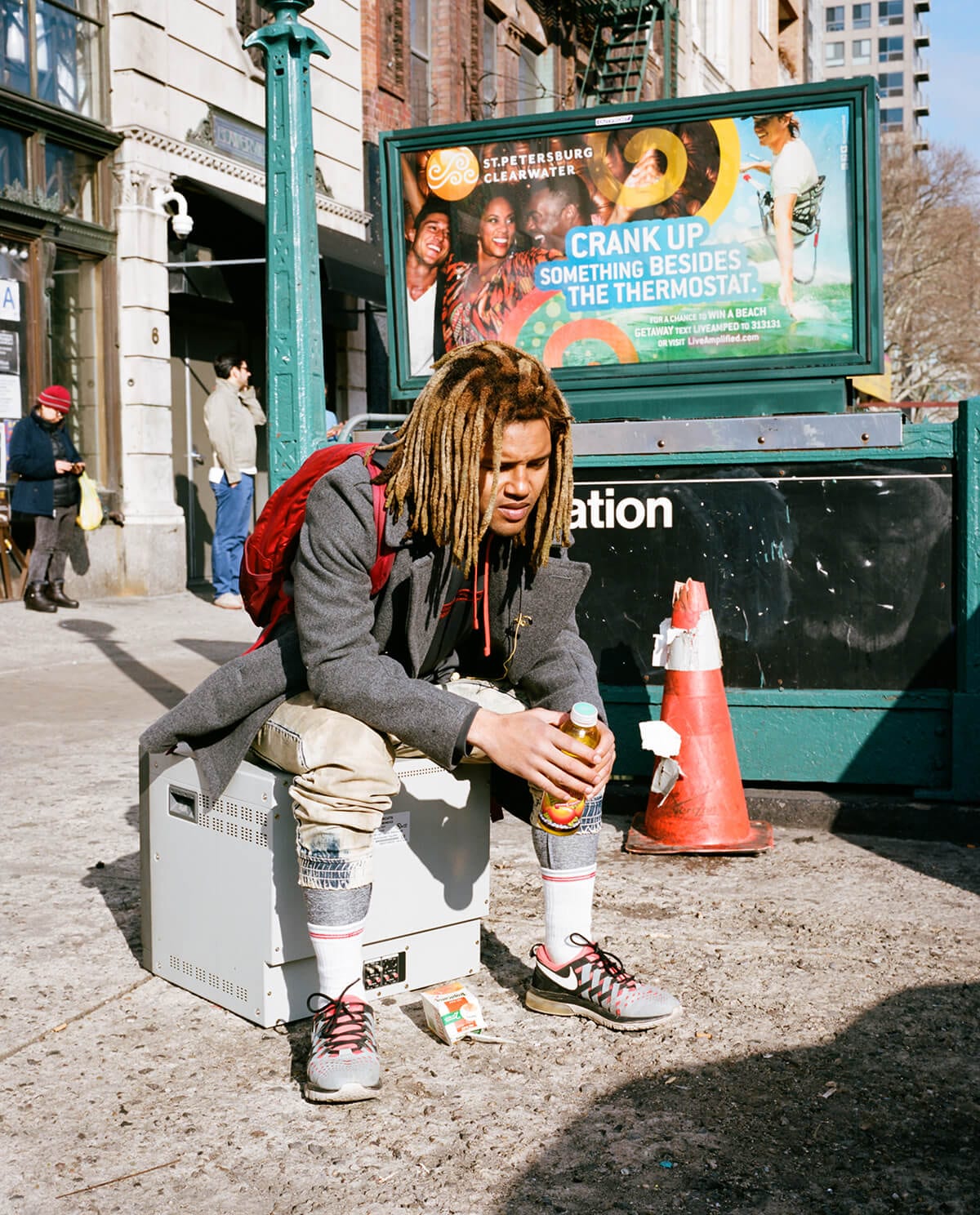
And on a similar subject, are there other places you’ve found conducive to great street photography, or that you’d love to explore?
I’m obviously biased, but to me New York City is the best place in the world to do street photography. I’ve also had incredible experiences shooting on the streets of Paris, Tokyo, and Havana. There are many other places I’d love to explore–I think it would be really cool to shoot in Moscow or Seoul.
Photography is a hobby you practice alongside a career in film-making. Do you keep them quite separate, or is there a virtuous circle between one and the other? Are there aspects of your film-making education that you can apply to photography?
Being a filmmaker, there are the benefits of already having an intimate knowledge of how to use a camera — the fundamentals are the same whether it’s a still or a moving image — but I think my approach to film directing is totally different than my approach to photography. Filmmaking for me is all about planning and being prepared, but my photography is more about reacting to split-second moments that are gone as quickly as they appear. I think if anything, my experiments with street photography have helped me to become a better filmmaker, and not the other way around. I’ve learned to use my eyes more, to notice light, to notice people and their energies, and to be present and more aware of my surroundings in the moment.
And finally, what are you working on at the moment Julian? What can we expect from you next?
Right now I’m working full time at an advertising agency writing and directing branded content and commercials, but I still manage to do a lot of personal work as well. I just directed a short film that we’re hoping to turn into a feature, and I’ve shot a few music videos and lifestyle pieces recently that have been really fun. I will definitely continue to make more street portraits and would love to do a solo show at some point. I’m just hoping to continue to create and see where it takes me!
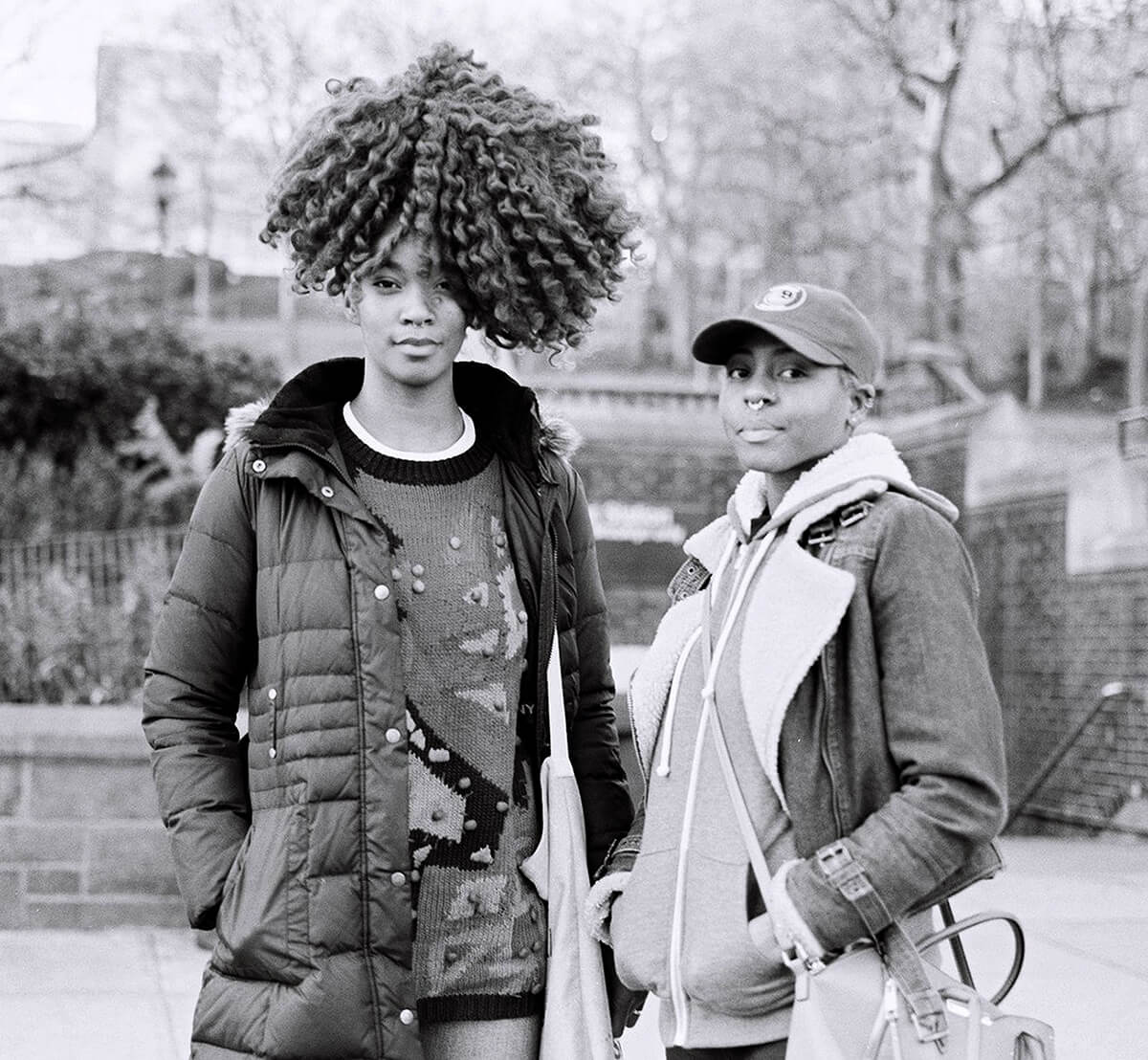
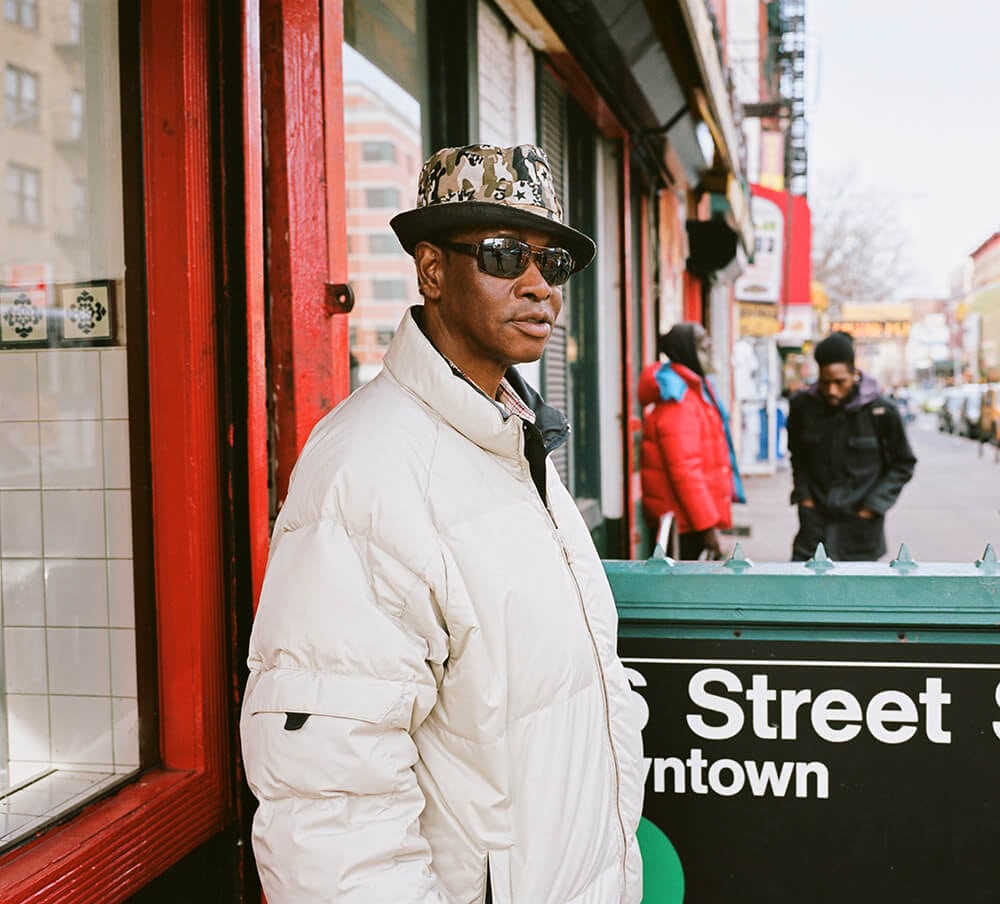
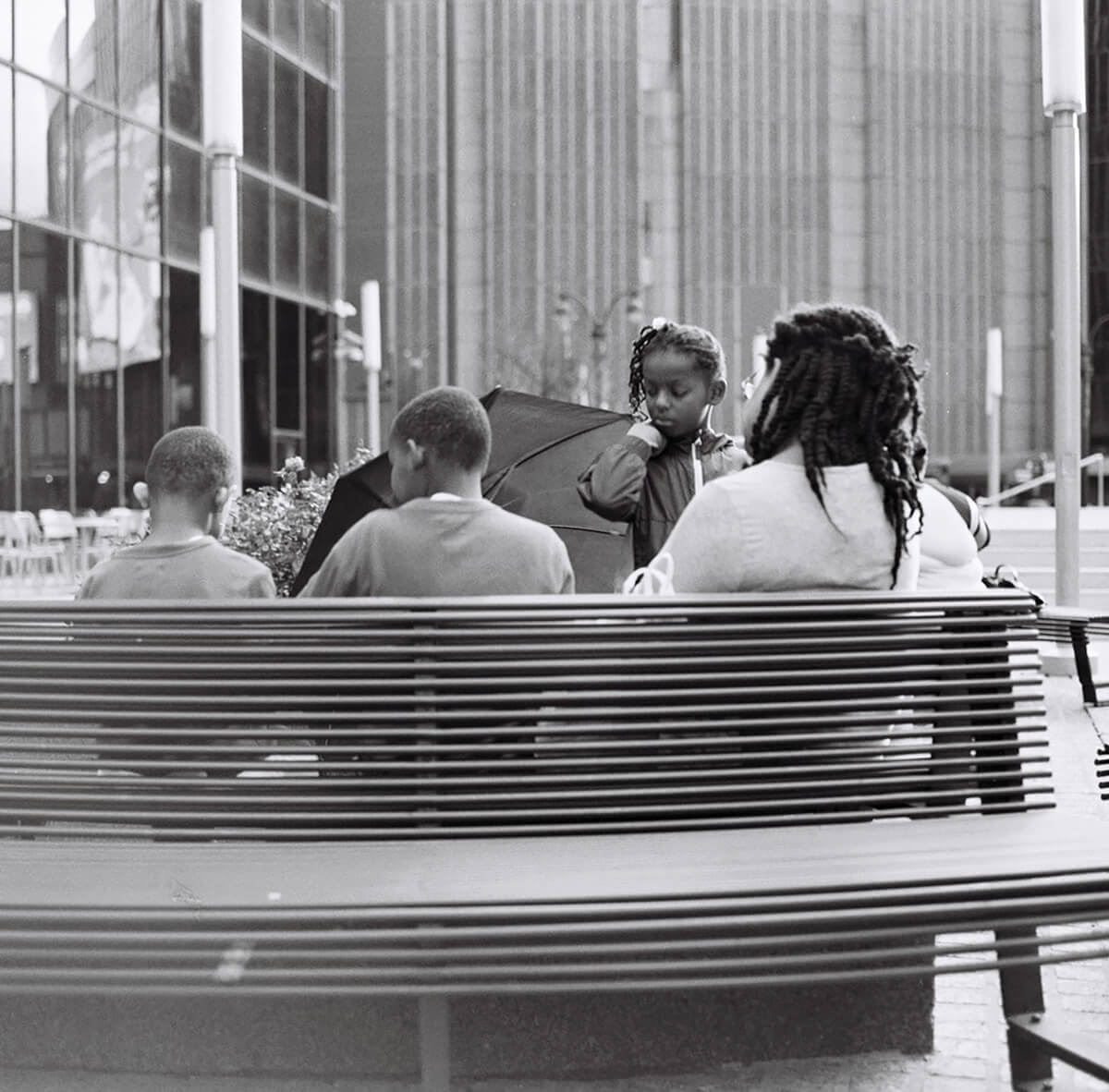
All images © Julian Muller
Follow him on Instagram: @julianopia and see more at www.julianmuller.com
